
One Identity in Christ. Exposing The Gentile Church Lie

The concept of New Covenant Israel is central to God’s redemptive plan as revealed in Scripture. There is no biblical distinction between Israel, and a separate entity called the “Church.” Instead, New Covenant Israel represents the singular identity of God’s people, encompassing both Jew and Gentile united through faith in Christ.
This blog clarifies the continuity of God’s plan, the distinction between the House of Judah and the House of Israel, the covenantal shift in Jeremiah’s prophecy, and the errors of Replacement Theology propagated by the Roman Catholic Church (RCC). Grounded in eternal security and post-tribulation theology, this teaching emphasises God’s unchanging plan for His unified people, New Covenant Israel.
The Biblical Reality: One Identity—New Covenant Israel
Scripture does not support the concept of two separate identities—Israel and a “Gentile Church.” Instead, it presents one continuous identity: New Covenant Israel. The New Covenant, prophesied in Jeremiah 31:31 and fulfilled in Jesus Christ, was initially declared for both the House of Israel and the House of Judah (Jeremiah 31:31). Through faith in Christ, both Jews and Gentiles are grafted into this singular entity, New Covenant Israel, as illustrated by the olive tree in Romans 11:17-24. This unity transcends ethnic boundaries, forming one body in Christ (Ephesians 2:14-16). The notion of a separate Gentile Church is a theological invention, not a biblical truth, as there is only one people of God—New Covenant Israel.
The Roman Catholic Gentile Church Replacement Theology
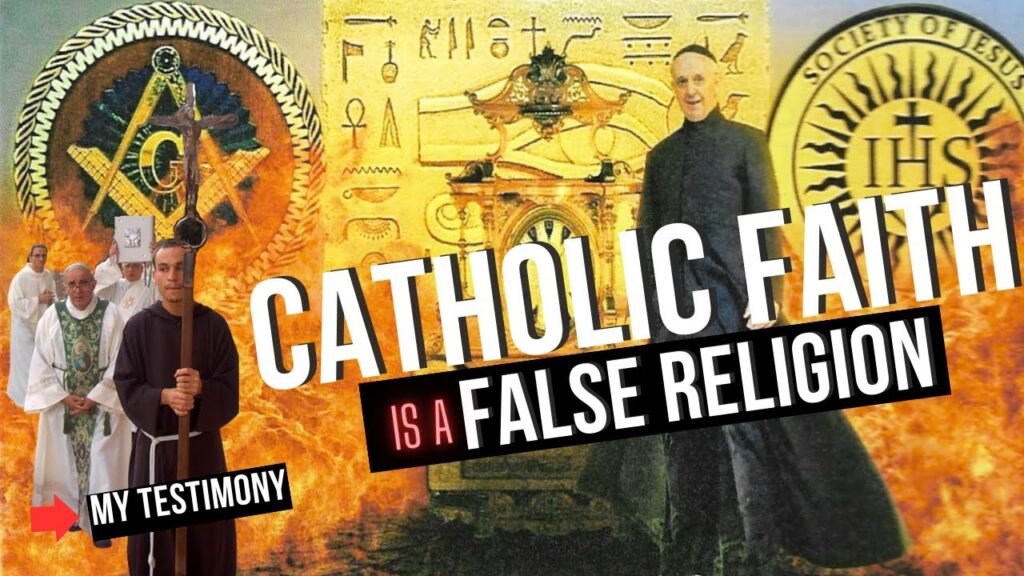
The idea of a “Gentile Church” replacing Israel originated with the Roman Catholic Church (RCC), which sought to position itself as the new Israel, with the Pope usurping the role of Christ as the head of God’s people.
This Replacement Theology, or supersessionism, falsely claims that the RCC inherited the promises made to Israel, with the Pope sitting on the “throne of David.” However, the RCC has never been a Bible-believing Christian entity. From its inception, it has functioned as a counterfeit of the true body of Christ, New Covenant Israel, with its hierarchical structure and papal authority contradicting the biblical model of God’s people as the community of born-again believers united by faith in the Gospel (1 Corinthians 15:1-4).
The RCC’s claim to be the true church is rooted in its attempt to replace Christ with the Pope as the head of New Covenant Israel. Scripture, however, identifies God’s people as those who have believed the Gospel preached by Paul—salvation by grace through faith in Christ’s death, burial, and resurrection (Romans 10:9-10). This body is not an organisation but the spiritual reality of New Covenant Israel, distinct from the RCC, which has historically opposed biblical truth and persecuted true believers.
God’s Unbroken Plan: Continuity Through New Covenant Israel

God did not finish with Israel when Christ rose from the dead but continued His covenantal relationship with His people through the New Covenant, forming New Covenant Israel.
Hebrews 8:7-10 explains that the New Covenant was established because the Old Covenant was faulted, not in its design, but in the people’s inability to keep it. This New Covenant, fulfilled through Christ’s sacrifice, was made with the House of Israel (Hebrews 8:10), encompassing all who believe in Him, whether Jew or Gentile (Galatians 3:28-29). The olive tree symbolism in Romans 11 illustrates this continuity: natural branches (Jews) and wild branches (Gentiles) are grafted into the same tree, representing New Covenant Israel, with Christ as the root. There are not two identities—Israel and the Church—but one: New Covenant Israel.
The Apostles, primarily from Galilee in the former Northern Kingdom of Israel, were foundational to this continuity. All except Judas Iscariot, the only Jew from Judah, accepted Jesus as the Messiah. Judas’s betrayal and rejection of Jesus symbolise the broader rejection by the House of Judah as a nation. The Galilean Apostles, representing the House of Israel, became the first New Covenant Israelites, carrying forward God’s plan through their faith in Christ. Through their ministry, both Jews and Gentiles can be grafted into New Covenant Israel, becoming partakers of all the promises made to Israel (Romans 11:17).
Distinguishing Judah and Israel

A critical distinction in Scripture is between the House of Judah and the House of Israel. After King Solomon’s death, the kingdom of Israel split into two: the northern kingdom (Israel), consisting of ten tribes (Reuben, Simeon, Dan, Naphtali, Gad, Asher, Issachar, Zebulun, Ephraim, and Manasseh), and the southern kingdom (Judah), primarily comprising the tribes of Judah, Benjamin, and parts of Levi (1 Kings 12).
The term “Jews” refers to those from the tribe of Judah or the southern kingdom, not all of Israel. The House of Israel, often called the “ten lost tribes,” was scattered after Assyrian captivity (2 Kings 17:6), while Judah remained distinct.
The Covenantal Shift in Jeremiah’s Prophecy
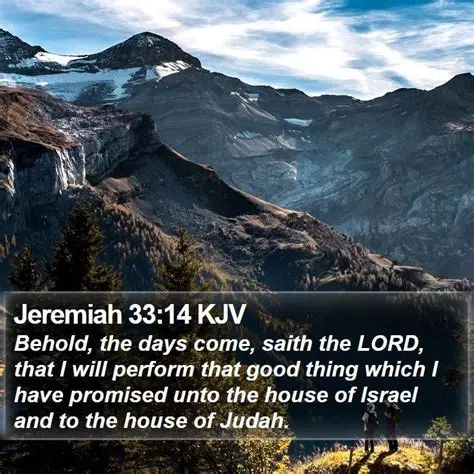
Jeremiah 31:31-34 prophesies a New Covenant with both the House of Israel and the House of Judah, indicating God’s intent to restore and unify His people as one—New Covenant Israel. However, Hebrews 8:10 narrows the focus to the House of Israel:
“For this is the covenant that I will make with the house of Israel after those days, declares the Lord.” This shift reflects the historical rejection of Jesus as the Messiah by the majority of the House of Judah (the Jews). As a nation, Judah’s leadership and people rejected Yeshua, leading to His crucifixion, which resulted in the natural branches (Judah) being cut off from the olive tree of God’s covenantal blessings (Romans 11:17-20).
Despite this, God’s grace allows for individual Jews to be grafted back into New Covenant Israel through faith in Christ, alongside Gentiles (Romans 11:23-24). However, as a nation, Judah will not be fully restored until Christ’s return, when they will “look on Him whom they have pierced” (Zechariah 12:10) and acknowledge Jesus as their Messiah. This future restoration will see the House of Judah reunited with the House of Israel under the banner of New Covenant Israel, fulfilling God’s promise of reconciliation.
Eternal Security in New Covenant Israel
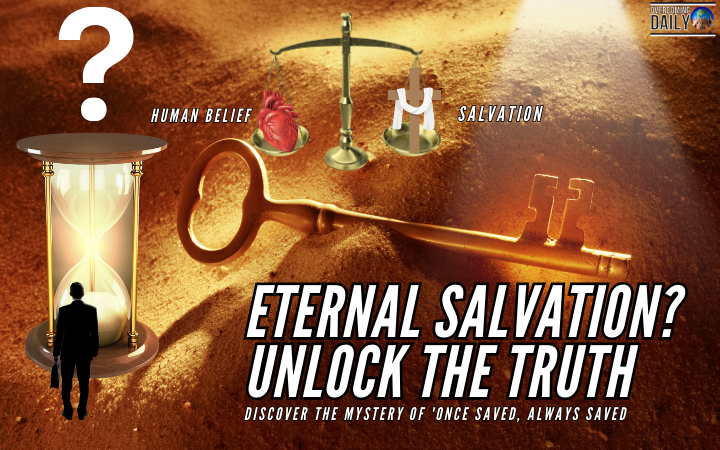
Eternal security is a cornerstone of New Covenant theology. Those who believe in Christ are sealed with the Holy Spirit (Ephesians 1:13-14), guaranteeing their salvation as part of New Covenant Israel.
This security is not based on works but on the finished work of Christ (John 10:28-29). As members of New Covenant Israel, believers—both Jew and Gentile—are eternally secure, grafted into the olive tree of God’s promises, with no risk of being “un-grafted” due to God’s faithfulness (Romans 8:38-39).
Post-Tribulation Theology and New Covenant Israel
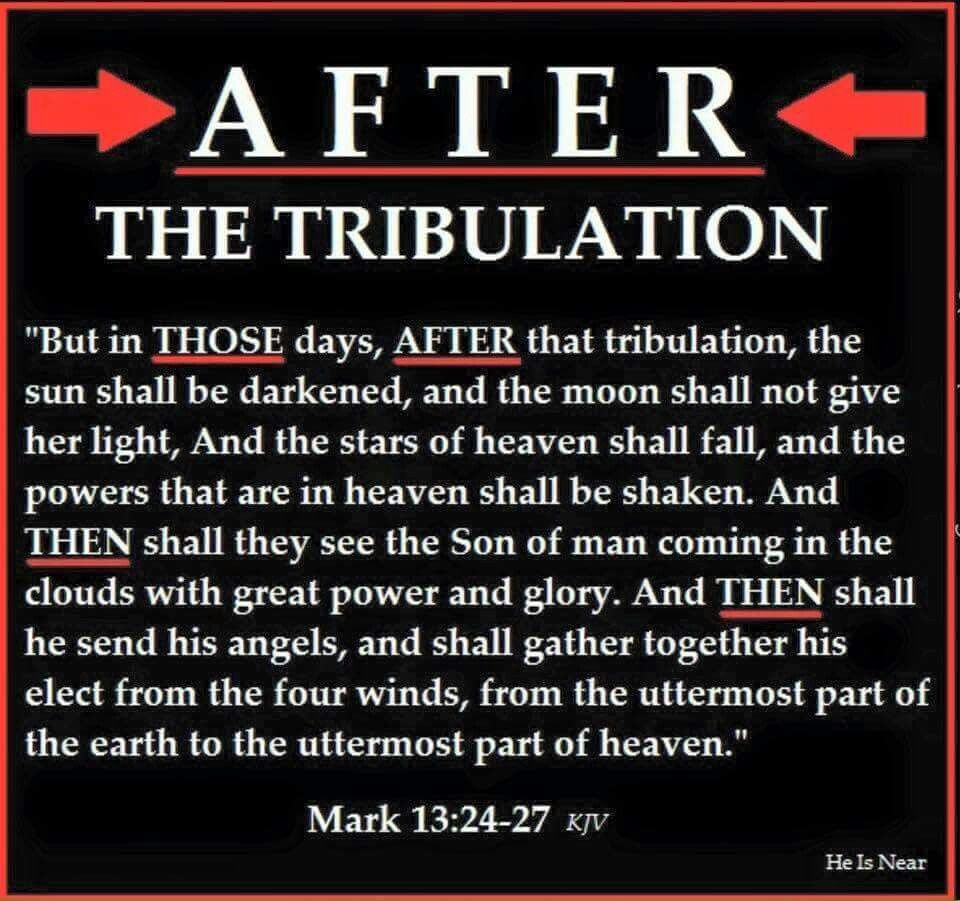
Post-tribulation theology aligns with the biblical narrative of New Covenant Israel enduring through trials until Christ’s return.
Scripture teaches that believers will face tribulation (Matthew 24:29-31), but Christ will return after the tribulation to gather His elect—New Covenant Israel—from the earth. This perspective emphasises perseverance in faith, as believers are called to endure hardships while trusting in God’s promises (Revelation 7:14). The rapture occurs at Christ’s second coming, not before the tribulation, uniting all believers as part of God’s restored New Covenant Israel.
Conclusion
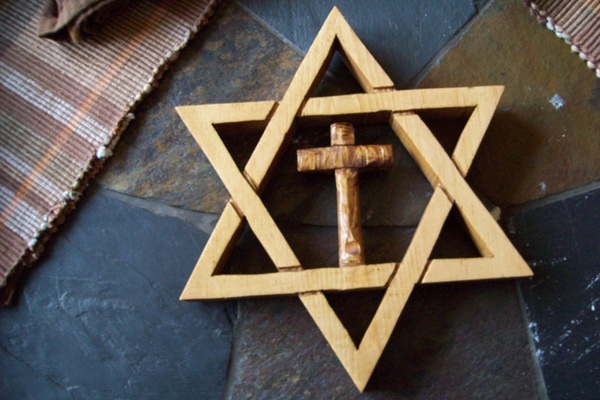
New Covenant Israel is the singular identity of God’s people, uniting Jew and Gentile in one body through faith in Christ. There are not two separate entities—Israel and the Church—but one: New Covenant Israel.
The New Covenant, though intended for both the House of Israel and the House of Judah, applies to the House of Israel due to Judah’s national rejection of Jesus, symbolized by Judas, the only Apostle from Judah. The Galilean Apostles, representing the House of Israel, became the first New Covenant Israelites, continuing God’s plan. The notion of a separate Gentile Church is a theological error propagated by the RCC to replace Israel and exalt the Pope. Scripture affirms that God’s covenant with His people continues through New Covenant Israel, with eternal security for all who believe, and a post-tribulation hope of Christ’s return.
Understanding New Covenant Israel as the singular identity of God’s people is crucial for interpreting end-time prophecy correctly. When we erroneously separate New Covenant Israel from the Church, we create a false dichotomy that distorts the biblical narrative. This leads to flawed conclusions, such as the pre-tribulation rapture, which assumes a separate “Church” will be raptured before tribulation, leaving “Israel” to face God’s judgment. Such interpretations misrepresent the unity of God’s people and undermine the call to perseverance in tribulation (Matthew 24:29-31). This error is dangerous because it can foster complacency among believers, who may expect to escape trials rather than prepare to endure them as part of New Covenant Israel. It also risks misaligning our understanding of God’s promises, potentially leading to confusion about the roles of Jew and Gentile in end-time events and the ultimate restoration of all Israel at Christ’s return (Romans 11:26). By recognising New Covenant Israel as the one body of Christ, we align with Scripture’s unified vision, ensuring readiness for the trials of the end times and the hope of Christ’s return. As members of New Covenant Israel, we are called to abide in Christ, the true Olive Tree, and to proclaim His Gospel until He comes again.
